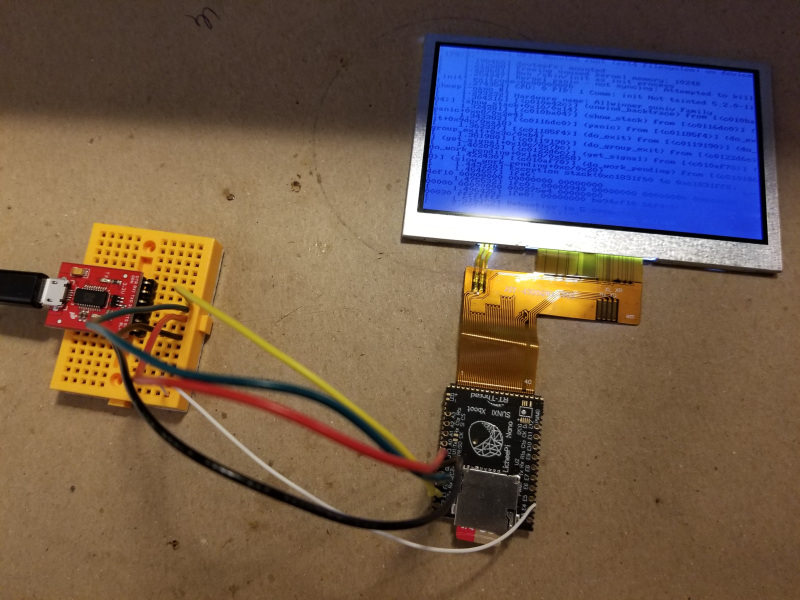Lichee Pi Nano (English article) is a very small single-board computer that is about the size of an SD card. It can run Linux. There is a good amount of official documentation on the original manufacturer site (in Chinese, but easily readable thanks to Google Translate). However, the tooling used to build the full card/SPI-Flash images is mostly made up of custom shell scripts, and is not always easy to extend or maintain.
This repository contains a Buildroot config extension that allows all of those build steps to be handled via a single Buildroot make command. That means fully building the U-Boot image, Linux kernel, the rootfs image and the final partitioned binary image for flashing onto the bootable SD card (SPI-Flash support is possible but not handled here yet).
This heavily borrows from the work done by the FunKey Zero project: https://github.com/Squonk42/buildroot-licheepi-zero/. That repo targets Lichee Pi Zero, a sibling board to the Nano, but I was able to adapt it for use with the latter, and also converted the content to be a BR2_EXTERNAL extension rather than a full Buildroot fork.
There was reasonable effort to keep config files readable, e.g. here is the main Buildroot defconfig file: configs/licheepi_nano_defconfig.
- Vagrant (if building inside the VM)
- vagrant-vbguest plugin
- vagrant-disksize plugin
- Ubuntu Bionic or similar (see Vagrant VM)
- Buildroot 2020.02 (auto-downloaded by VM, otherwise see project downloads page)
Buildroot takes care of downloading any further dependencies automatically.
If performing the build inside the VM:
vagrant up
vagrant sshOtherwise, download Buildroot and extract it into a folder.
Before building, install these Ubuntu packages:
sudo apt-get install swig python-dev fakeroot devscriptsIf there are still error messages during later build, try installing these (sorry, did not clean up the list yet, some might be unnecessary):
sudo apt-get install -y chrpath gawk texinfo libsdl1.2-dev whiptail diffstat cpio libssl-devThen, create initial build configuration:
# if not using VM, change /vagrant to location of this repo
BR2_EXTERNAL=/vagrant make licheepi_nano_defconfigCustomize Buildroot configuration if needed:
make menuconfigProceed with the build:
makeThe build may take 1.5 hours on a decent machine, or longer. For a faster build, try changing configuration to use external toolchain. I have tried building with Linaro GCC 7.5, but ran into crashes at time of /sbin/init invocation (issue with bundled glibc?).
A successful build will produce a output/images folder. That folder contains a sdcard.img file that can now be written to the bootable SD card. For example:
sudo dd if=output/images/sdcard.img of=DEVICE # e.g. /dev/sd?, etcOn Windows, Rufus or Balena Etcher can be used, or another utility like that.
This build includes a DTS file that supports a 480x272 TFT screen (plugged into the 40-pin flex-PCB connector on the board). The custom kernel branch also includes a DTS file with support for 800x480 TFT resolution: use suniv-f1c100s-licheepi-nano name for the DTS file, and update boot.cmd and genimage.cfg to reference that device tree as well.
